According to the latest Global Wind Report 2024, the world installed 117 gigawatts of new wind power capacity in 2023, a 50% increase from the year before.
 Yearly Growth Rate: Needs to triple to install 320GW of new capacity yearly by 2030 to achieve net-zero emissions by 2050.
Yearly Growth Rate: Needs to triple to install 320GW of new capacity yearly by 2030 to achieve net-zero emissions by 2050.
India’s Wind Energy Potential
|
|---|
| Must Read | |
| NCERT Notes For UPSC | UPSC Daily Current Affairs |
| UPSC Blogs | UPSC Daily Editorials |
| Daily Current Affairs Quiz | Daily Main Answer Writing |
| UPSC Mains Previous Year Papers | UPSC Test Series 2024 |
In line with the directions of the Supreme Court (SC), the Centre notified a committee chaired by the Cabinet Secretary to examine the various issues relating to queer community.

| Must Read | |
| NCERT Notes For UPSC | UPSC Daily Current Affairs |
| UPSC Blogs | UPSC Daily Editorials |
| Daily Current Affairs Quiz | Daily Main Answer Writing |
| UPSC Mains Previous Year Papers | UPSC Test Series 2024 |
Ministry of Parliamentary Affairs launched Swachhata Pakhwada, from 16th to 30th April, 2024.
| Must Read | |
| NCERT Notes For UPSC | UPSC Daily Current Affairs |
| UPSC Blogs | UPSC Daily Editorials |
| Daily Current Affairs Quiz | Daily Main Answer Writing |
| UPSC Mains Previous Year Papers | UPSC Test Series 2024 |
April 14 is observed as World Chagas Disease Day, because the first diagnosis of the disease was done by a Brazilian physician, Carlos Chagas on 14 April 1909.
Chagas Disease is also known as American trypanosomiasis, is a potentially life-threatening illness caused by the protozoan parasite Trypanosoma Cruzi.
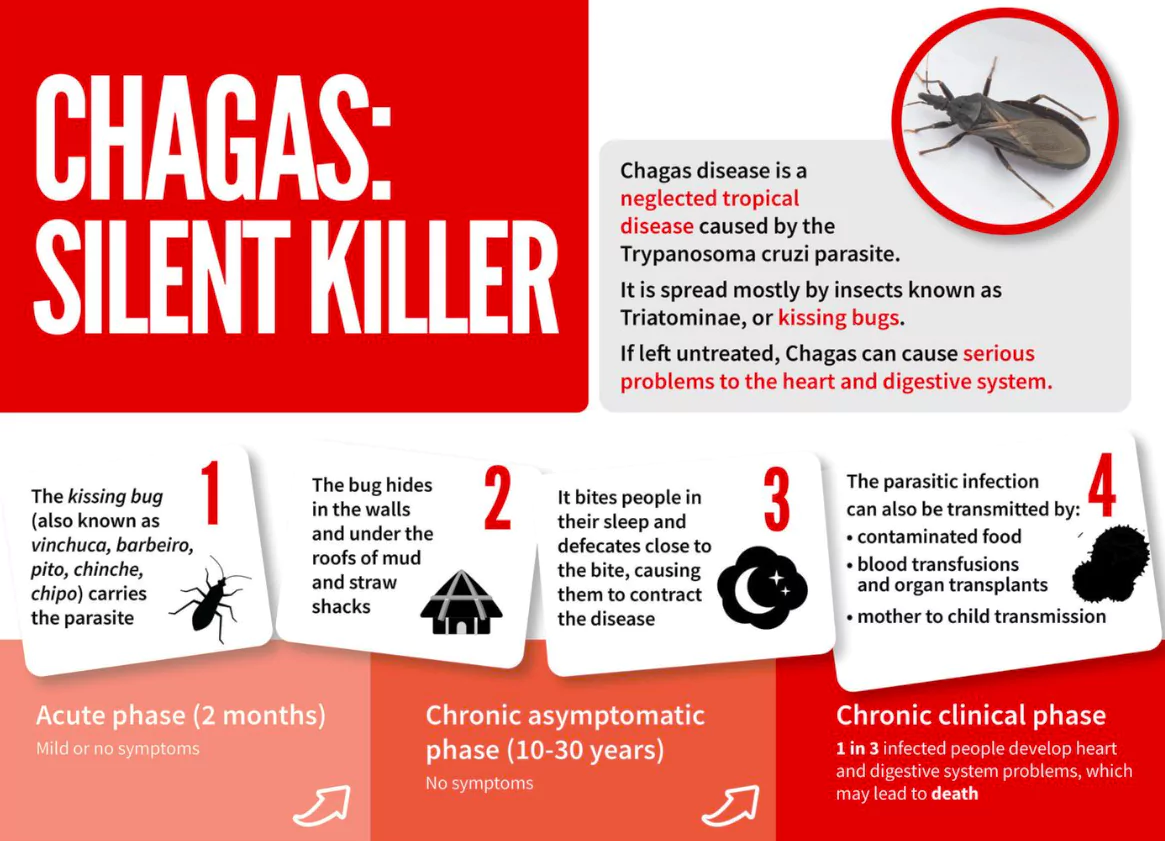
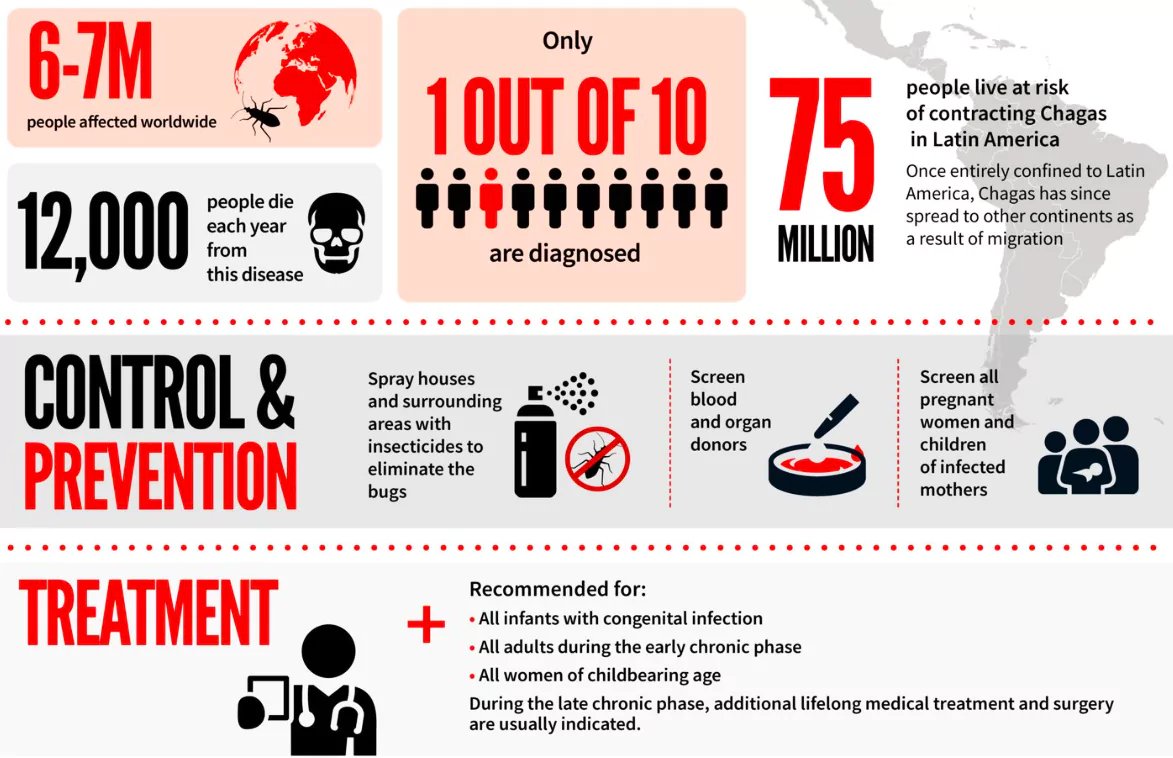 Gaps in Healthcare Provision: The insufficient awareness and funding have resulted in significant gaps in surveillance, diagnosis, and treatment, especially in areas where the disease is endemic and healthcare access is constrained.
Gaps in Healthcare Provision: The insufficient awareness and funding have resulted in significant gaps in surveillance, diagnosis, and treatment, especially in areas where the disease is endemic and healthcare access is constrained.
| Must Read | |
| NCERT Notes For UPSC | UPSC Daily Current Affairs |
| UPSC Blogs | UPSC Daily Editorials |
| Daily Current Affairs Quiz | Daily Main Answer Writing |
| UPSC Mains Previous Year Papers | UPSC Test Series 2024 |
The start of the fourth global coral bleaching event in 2023-2024 has been confirmed by the National Oceanic and Atmospheric Administration’s (NOAA) Coral Reef Watch (CRW) of the United States and the International Coral Reef Initiative (ICRI).
National Oceanic and Atmospheric Administration’s (NOAA) Coral Reef Watch (CRW)
International Coral Reef Initiative (ICRI)
|
|---|
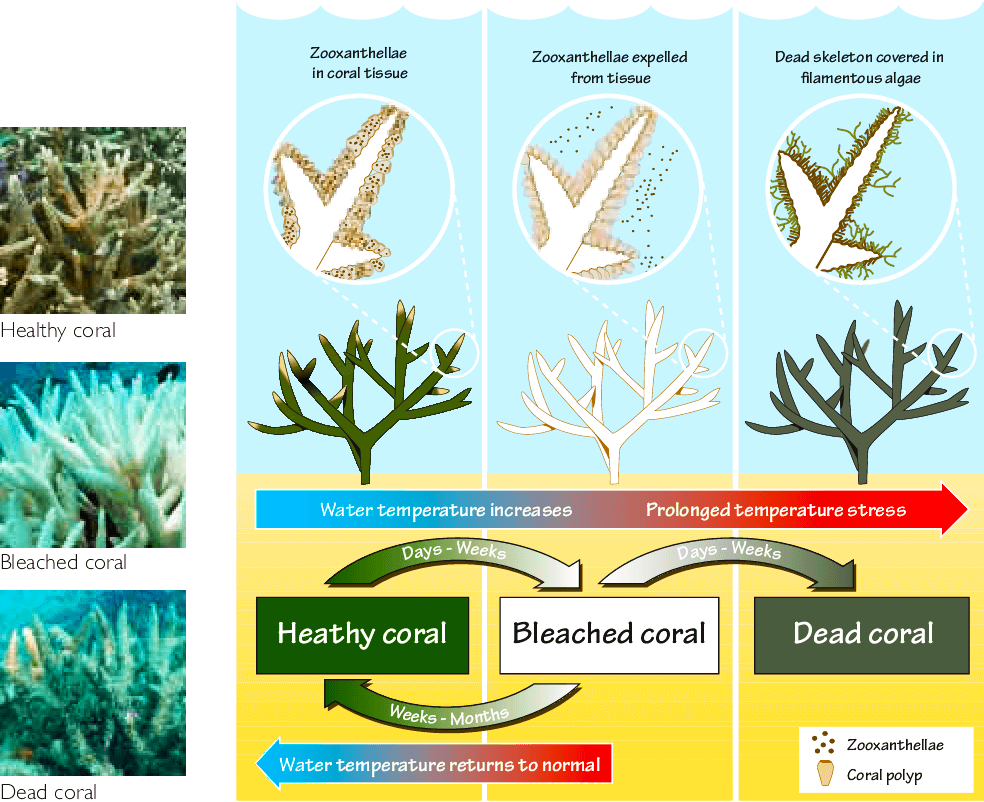 Corals can recover back to their original health if other stressors such as marine pollution and ocean acidification are kept under check and certain adaptation measures taken.
Corals can recover back to their original health if other stressors such as marine pollution and ocean acidification are kept under check and certain adaptation measures taken.
About Corals
|
|---|
| Must Read | |
| NCERT Notes For UPSC | UPSC Daily Current Affairs |
| UPSC Blogs | UPSC Daily Editorials |
| Daily Current Affairs Quiz | Daily Main Answer Writing |
| UPSC Mains Previous Year Papers | UPSC Test Series 2024 |
Recently, A Report namely, The Arctic’s Plastic Crisis: Toxic Threats to Health, Human Rights, and Indigenous Lands from the Petrochemical Industry was released.
About Intergovernmental Negotiating Committee (INC)
|
|---|
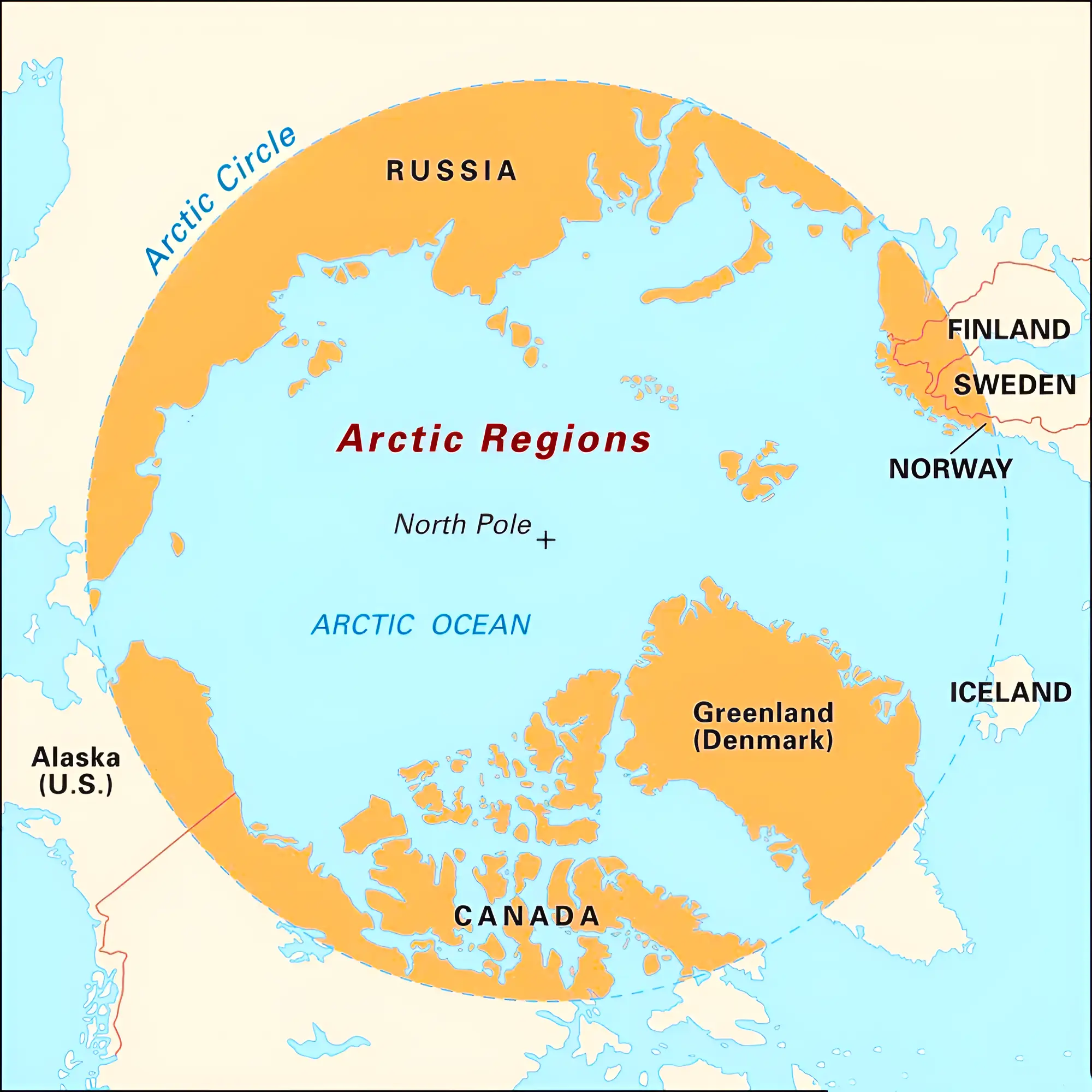 Global Factors:
Global Factors:
About Arctic Region
|
|---|
| Must Read | |
| NCERT Notes For UPSC | UPSC Daily Current Affairs |
| UPSC Blogs | UPSC Daily Editorials |
| Daily Current Affairs Quiz | Daily Main Answer Writing |
| UPSC Mains Previous Year Papers | UPSC Test Series 2024 |
A recent study highlighted that soil acidification could erode soil inorganic carbon, a stable carbon pool, which could affect the health of soil and its ability to regulate nutrient levels.
Causes of Soil Acidification:
|
|---|
Global Stocks of SIC and SOC
|
|---|
There is a need for a comprehensive soil management strategy to address soil acidification and depletion of SIC and SOC from the soil.
| Must Read | |
| NCERT Notes For UPSC | UPSC Daily Current Affairs |
| UPSC Blogs | UPSC Daily Editorials |
| Daily Current Affairs Quiz | Daily Main Answer Writing |
| UPSC Mains Previous Year Papers | UPSC Test Series 2024 |
Recently, the Bharatiya Janata Party (BJP) in its Election Manifesto for the 2024 Lok Sabha Election promised for expansion of Ayushman Bharat health Insurance Scheme to All Senior Citizens.
Out-of-pocket expenditure:
Universal health coverage (UHC):
|
|---|
| Must Read | |
| NCERT Notes For UPSC | UPSC Daily Current Affairs |
| UPSC Blogs | UPSC Daily Editorials |
| Daily Current Affairs Quiz | Daily Main Answer Writing |
| UPSC Mains Previous Year Papers | UPSC Test Series 2024 |

The Supreme Court will hear petitions for 100% cross-verification of VVPAT slips with EVM vote counts.
An EVM Machine is a portable instrument for the purpose of conducting elections to the parliament, legislature and local bodies like panchayats and municipalities.
VVPAT Or Voter Verifiable Paper Audit Trail:
Representation of People’s Act, 1951 (RPA):
|
|---|
| Must Read | |
| NCERT Notes For UPSC | UPSC Daily Current Affairs |
| UPSC Blogs | UPSC Daily Editorials |
| Daily Current Affairs Quiz | Daily Main Answer Writing |
| UPSC Mains Previous Year Papers | UPSC Test Series 2024 |
Recently, A study Published in Journal Corals Reefs shows that Three fish species that live in the Laccadive Sea, are capable of using tools.
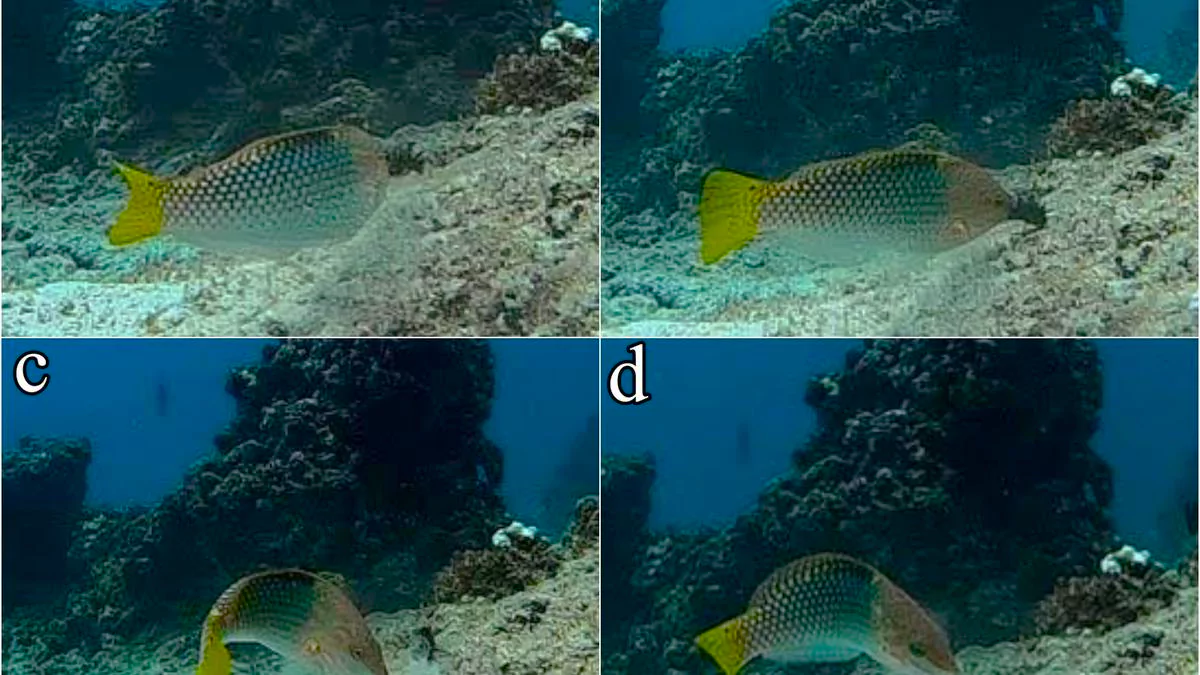
Sea Urchin
|
| Must Read | |
| NCERT Notes For UPSC | UPSC Daily Current Affairs |
| UPSC Blogs | UPSC Daily Editorials |
| Daily Current Affairs Quiz | Daily Main Answer Writing |
| UPSC Mains Previous Year Papers | UPSC Test Series 2024 |
According to an analysis of data released by the Central Water Commission (CWC), at least 13 east-flowing rivers between Mahanadi and Pennar have no water at the moment.
Central Water Commission (CWC): It is a premier Technical Organisation in the field of water resources.
|
|---|
| Relevance For Prelims: Important Rivers In India, Water Resources, World Water Day 2024 And Water Availability In India, Water Conservation, and Groundwater Crisis In Indian Cities.
Relevance For Mains: Impact of Climate Change on Indian River Basins. |
|---|
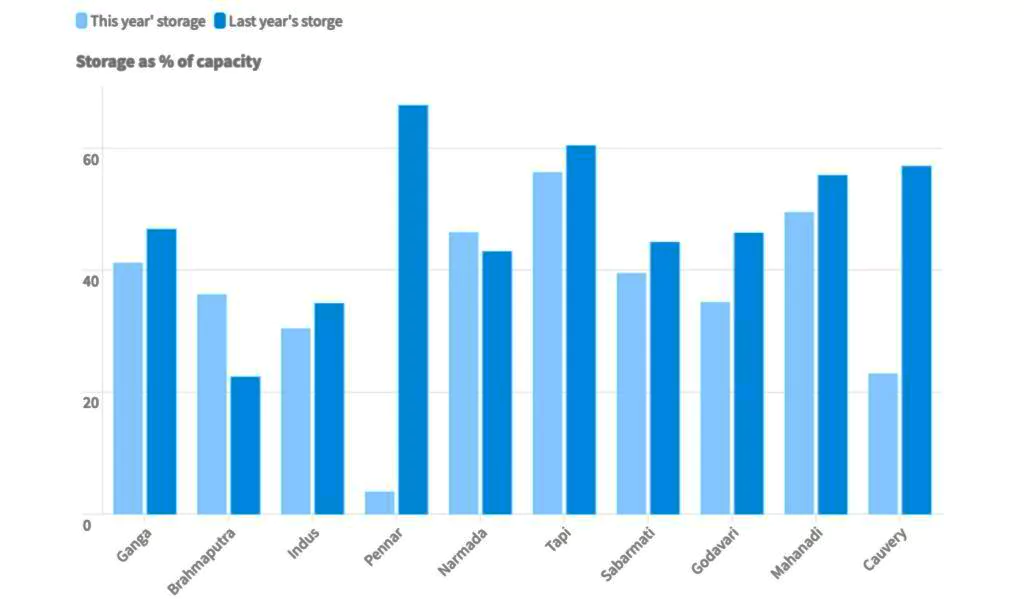
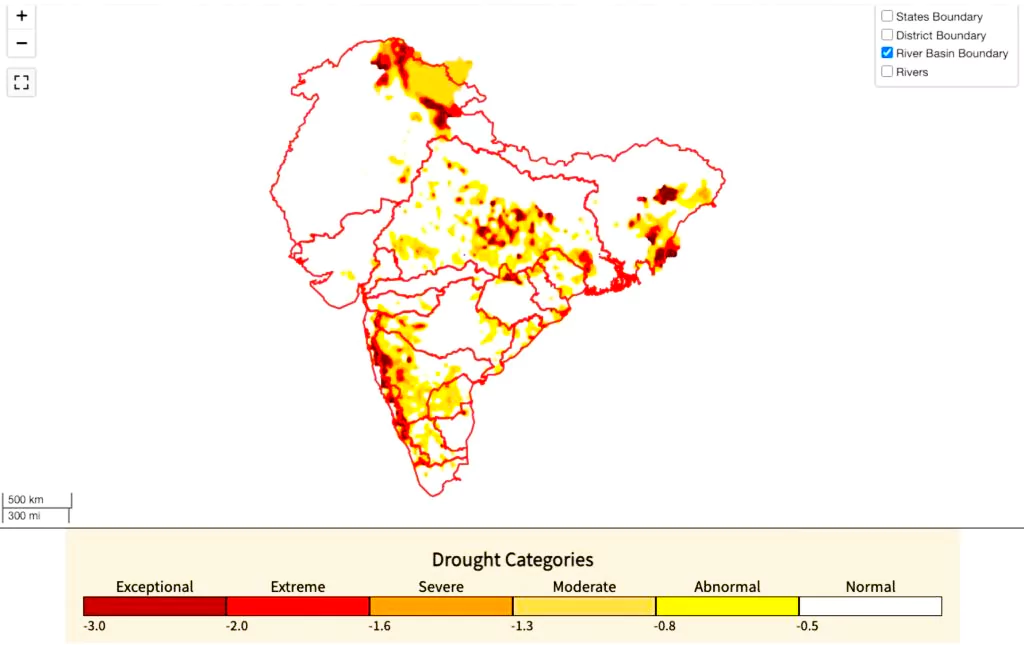 Drought Condition Within River Basins: According to India Drought Monitor, several areas within the boundaries of the river basins have been experiencing ‘extreme’ to ‘exceptional’ drought.
Drought Condition Within River Basins: According to India Drought Monitor, several areas within the boundaries of the river basins have been experiencing ‘extreme’ to ‘exceptional’ drought.
Government Interventions Towards Water Conservation in India
Best Practices:
Best Practice in Singapore: All waste water is collected and the city has a separate drainage system to ensure it doesn’t mix with runoff.
|
|---|
India needs a 3J strategy Jal Sanchay (water storage), Jal Sinchan (efficient water use) and Jan Sanrakshan (water conservation) to manage and govern water to prevent the drying of rivers.
| Prelims PYQ (20):
Consider the following statements: 1. Jhelum River passes through Wular Lake. 2. Krishna River directly feeds Kolleru Lake 3. Meandering of Gandak River formed Kanwar Lake. How many of the statements given above are correct? (a) Only one (b) Only two (c) All three (d) None Ans: (c) |
|---|
| Must Read | |
| NCERT Notes For UPSC | UPSC Daily Current Affairs |
| UPSC Blogs | UPSC Daily Editorials |
| Daily Current Affairs Quiz | Daily Main Answer Writing |
| UPSC Mains Previous Year Papers | UPSC Test Series 2024 |
Recently, the Supreme Court has said there is a need to take a “stricter view” while dealing with bail pleas of police personnel accused in custodial death cases.
| Relevance For Prelims: Supreme Court, Police Reforms In India, and Overview Of Recent Criminal Law Reforms.
Relevance For Mains: Custodial Deaths in India: Status, Concerns, Regulations, and Way Forward. |
|---|
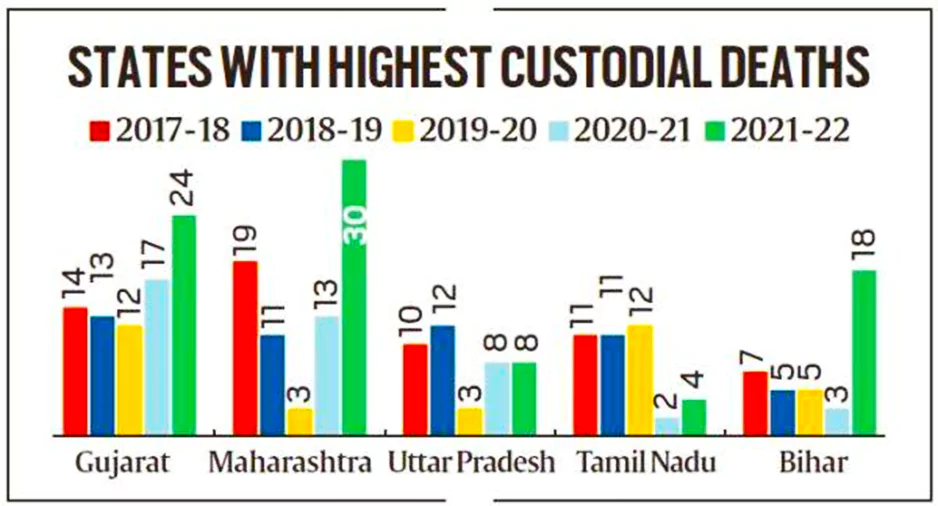
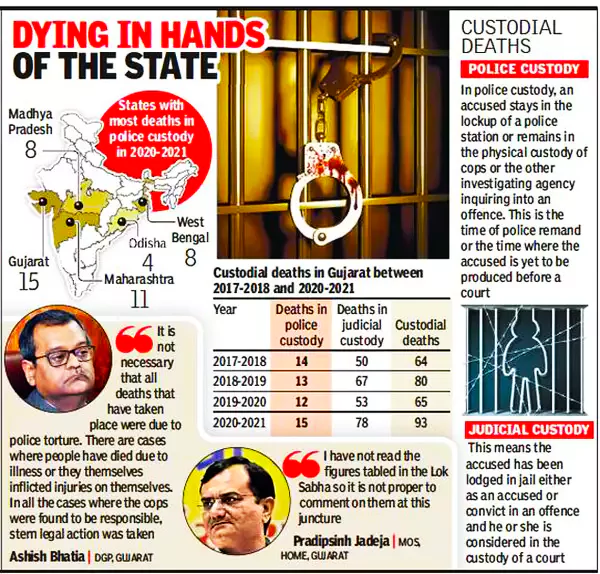
The Custody means someone assigned for the protection of care or guardianship of something.
|
|---|
Provisions Related to Custodial Deaths in India |
Deals With |
| Constitutional Provisions |
|
| Guidelines by the Supreme Court |
|
| Guidelines by NHRC |
|
| The Indian Penal Code (IPC), 1860 |
|
| The Code of Criminal Procedure (CrPC), 1973 |
|
| Indian Police Act, 1861 |
|
International Conventions Against Custodial Torture:
International Laws associated with Human Rights:
|
|---|
About UNCAT:
|
|---|
| Prelims PYQ (2023):
In essence, what does ‘Due Process of Law’ mean? (a) The principle of natural justice (b) The procedure established by law (c) Fair application of law (d) Equality before law Ans: (a) |
|---|
| Mains Question: Define the concept of the rule of law and are the potential risks and challenges to maintaining the rule of law in the modern era in India. (15 marks, 250 words) |
|---|
| Must Read | |
| NCERT Notes For UPSC | UPSC Daily Current Affairs |
| UPSC Blogs | UPSC Daily Editorials |
| Daily Current Affairs Quiz | Daily Main Answer Writing |
| UPSC Mains Previous Year Papers | UPSC Test Series 2024 |
Union Cabinet Approves National Sports Policy 2025...
What are Altermagnets? A Breakthrough in Magnetism...
India’s 7-Point Strategy for Sustainable Gro...
Cabinet Approves Employment Linked Incentive Schem...
INS Udaygiri Delivered Under Project 17A to Indian...
SC Issues Implemented Reservation Roster for SC/ST...
<div class="new-fform">
</div>